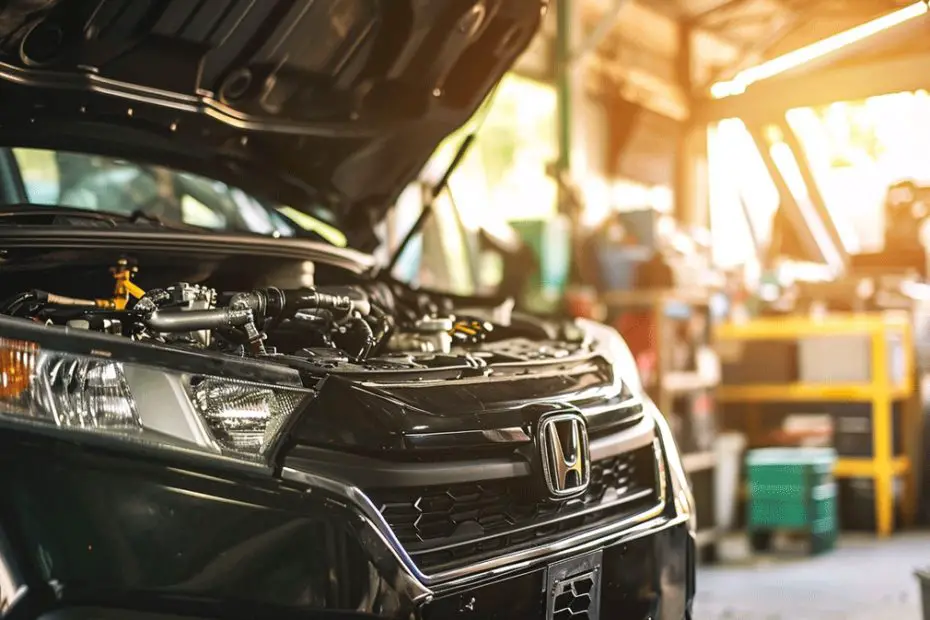Experiencing your car dying at intersections can be both frustrating and dangerous. We’ve all been there, and it’s the last thing anyone needs during a busy day. But what causes these untimely stalls?
Understanding the root of stalling issues is crucial. We’ll dive into common culprits, from fuel system problems to electrical hiccups, so you can get back to smooth driving. Stay tuned as we diagnose why cars die at the most inconvenient times and how to fix them.
Common Causes of Car Stalling at Intersections
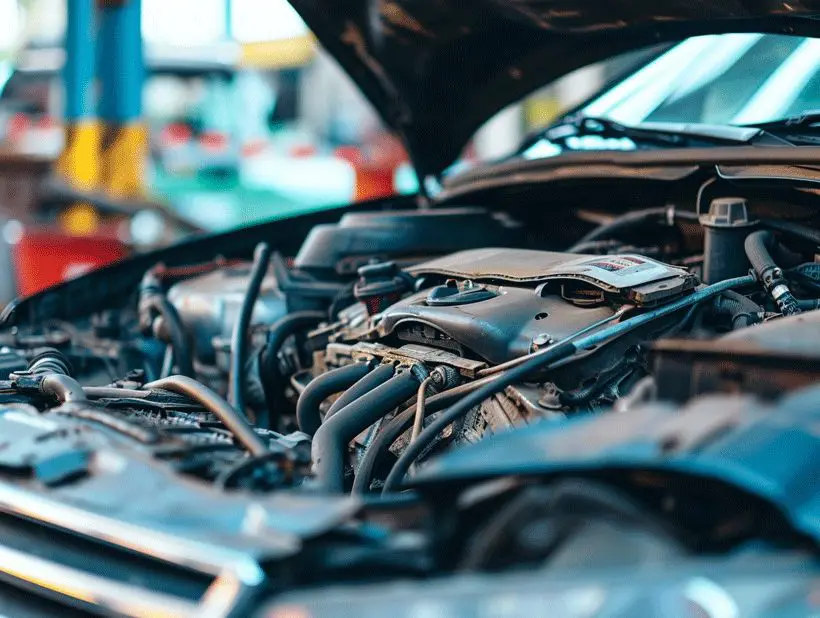
When we’re driving and our cars suddenly die at intersections, we’re not only frustrated but also potentially at risk. Identifying the root cause is crucial in preventing it from happening again. Stalling at intersections often arises from a few common issues, and understanding these can lead us to swift solutions.
- Fuel Supply Problems
- Electrical Issues
- Airflow and Sensor Malfunctions
- Engine Management System Flaws
These issues can creep up on us without much warning, but they each leave behind symptoms that we can detect with careful attention. For instance, a sputtering engine or unusual noises may point towards a fuel supply problem. Similarly, dimming headlights could suggest that the alternator isn’t keeping the battery charged.
Regular maintenance is our best defense against these unforeseen stalling events. Replacing fuel filters, checking battery health, and ensuring that our alternator is functioning properly are just a few of the steps we can take to keep our cars running smoothly.
Awareness of these common causes allows us to address the problem before it leads to a breakdown at an intersection, ensuring that our car not only starts but also continues to run as expected. Through vigilant maintenance and prompt attention to any signs of trouble, we make our commutes safer and less stressful.
Fuel System Issues
When tackling the complexities of a car stalling at intersections, we must closely examine the fuel system, which is often at the heart of many performance problems. Clogged fuel filters, a failing fuel pump, or contaminated fuel can starve an engine of the gasoline or diesel it needs to run properly.

Clogged Fuel Filters: The Hidden Culprits
One of the more insidious issues tends to be a clogged fuel filter. This component is tasked with keeping impurities from reaching the engine. Over time, however, it can become blocked, leading to a reduction in fuel flow. Here’s what to look for:
- Engine sputtering at high speeds
- Random power loss
- Difficulty starting the vehicle
Faulty Fuel Pumps: Starving for Fuel
Similarly, a failing fuel pump can also cause interruptions in fuel delivery. The pump is supposed to maintain consistent fuel pressure, but when it can’t, symptoms may include:
- Whining noise from the fuel tank
- Decreased fuel efficiency
- Engine stalling at low speeds
Contaminated Fuel: The Sneaky Saboteur
Lastly, we can’t overlook the possibility of contaminated fuel. Water or debris in the fuel can create erratic combustion, making the engine stall. This issue can manifest through:
- Misfiring or rough idling
- Unexpected stalling after refueling
- Poor acceleration
Regular checks and maintenance of the fuel system are vital. We recommend replacing the fuel filter as suggested by your vehicle‚Äôs manufacturer and ensuring that your fuel pump is in good working condition. If you‚Äôve recently filled up and experienced stalling, consider checking the quality of the fuel. It’s essential to stay proactive with these components to help keep your car running smoothly as you navigate through intersections and beyond.
Electrical Problems
When tackling the perplexing issue of a car dying at intersections, electrical problems mustn’t be overlooked. Just as crucial as the fuel system, the electrical components of a car play a pivotal role in its seamless operation. A glitch in this intricate system could be the catalyst for stalling.
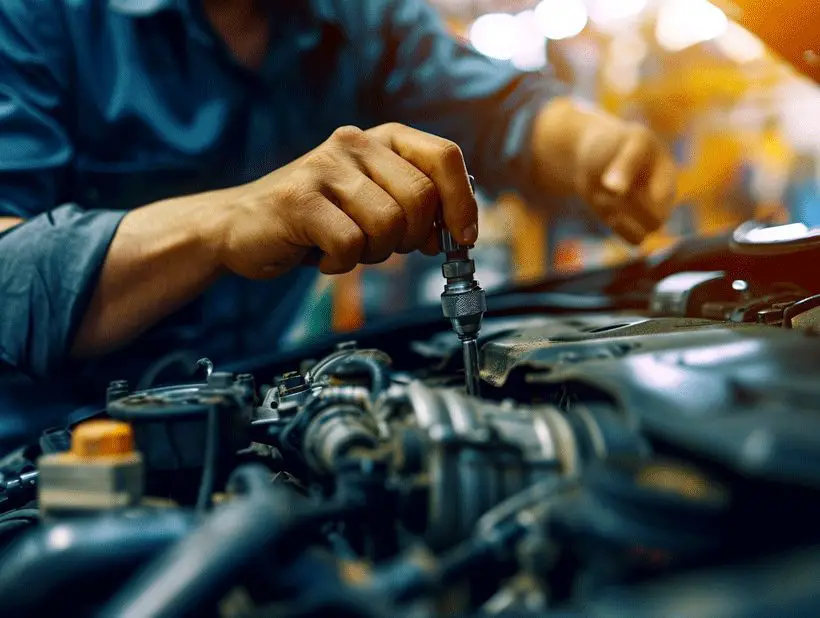
One prime suspect is the battery. It’s the heart of your car’s electrical system and even slight corrosion or loose connections can lead to power fluctuations. Here are signs to watch out for:
- Dimming headlights
- Dashboard warning lights
- Clicking sound when turning the key
Beyond the battery, the alternator is the next component we need to examine. It recharges the battery while your car is running. If it fails, it won’t be long before your car will start to lose power and eventually stall. Look for these symptoms:
- Burning rubber smell
- Growling or whining noises
- Electrical issues such as flickering lights
In addition to the battery and alternator, a faulty ignition switch can also be a culprit. This switch is what signals your car’s systems to either wake up or shut down. Symptoms of a problematic ignition switch include:
- Stalling while driving
- Trouble starting the engine
- Intermittent loss of lighting or accessories
It’s also important to check the spark plugs and wires. Without an effective spark, your engine won’t run properly. A misfiring spark plug can cause the engine to stumble and stall.
Maintenance and regular checks of these components are essential. We should never ignore the following:
- Regularly inspect battery connections and clean corrosion
- Test the alternator periodically
- Replace spark plugs and wires according to your vehicle’s maintenance schedule
Diagnosing a stalling issue is often a process of elimination. By systematically checking each possibility starting with fuel system issues and moving through electrical system components, we’re working our way toward finding and fixing the problem. Remember to also consider your car’s unique history and any previous issues it may have had ‚Äì as these too can offer valuable clues on where to look next.
Faulty Sensors
When tackling car stalling issues, we can’t overlook the impact of faulty sensors. These sophisticated devices are vital to our vehicle’s engine management system, providing real-time data for optimal performance. Let’s take a closer look at some of the most crucial sensors and how they can lead to our car dying at intersections.
Mass Air Flow Sensor
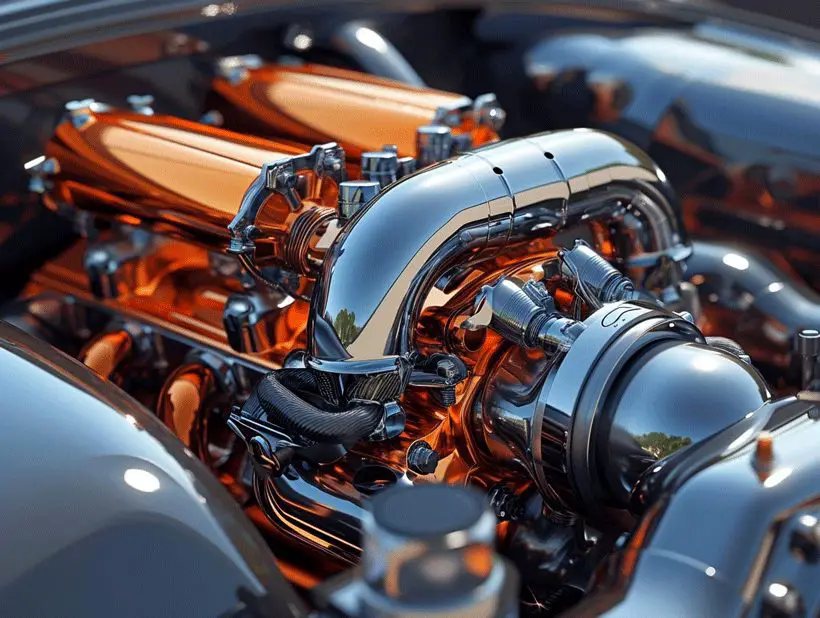
One key player is the Mass Air Flow (MAF) sensor. It measures the amount of air entering the engine which is critical for maintaining the correct fuel-to-air ratio. If the MAF sensor is faulty:
- The engine could receive too much or too little fuel.
- This imbalance often results in stalling or rough idling.
Throttle Position Sensor
Another critical component is the Throttle Position Sensor (TPS). Responsible for monitoring the throttle’s position, it tells the engine how much power it needs to deliver. Symptoms of a failing TPS include:
- Sudden changes in engine speed.
- Hesitations during acceleration.
- Unexpected stalling at low speeds.
Oxygen Sensor
The Oxygen sensor, or O2 sensor, monitors exhaust gases to ensure efficient fuel combustion. A malfunctioning O2 sensor can lead to:
- Inaccurate fuel delivery.
- Decreased fuel economy.
- A car that stalls due to inefficient engine performance.
Regular checks of these sensors can save us from sudden stalling situations. Diagnostic tools often yield error codes pinpointing which sensor may be failing. Always have a professional mechanic analyze the data from these diagnostics to ensure a correct assessment of our vehicle’s condition. Ignoring sensor-related warnings can lead to more significant damages and costly repairs down the road.
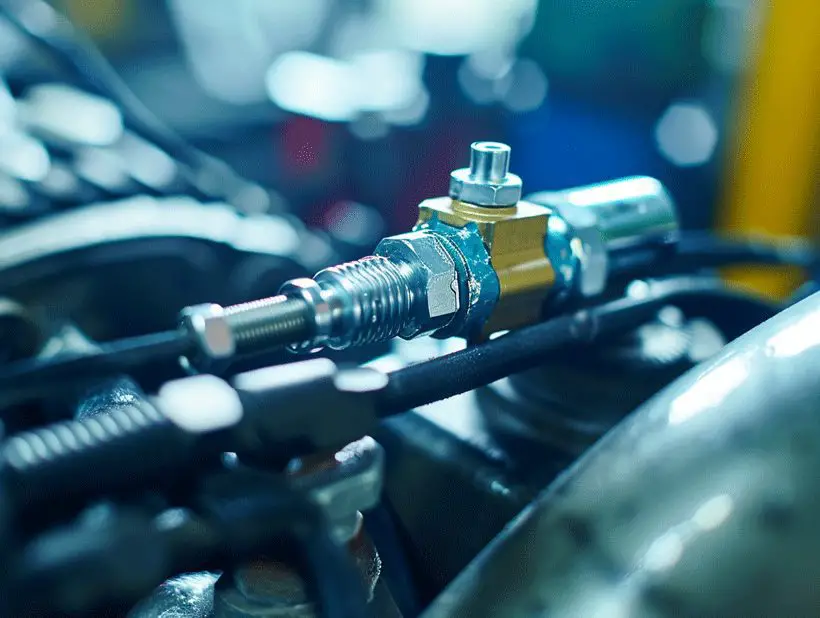
We must also be aware of the environmental factors that can affect sensor performance. Dirt, oil, and other contaminants can interfere with sensor readings. This means regular cleaning and, when necessary, sensor replacement should become a part of our vehicle maintenance routine.
By staying diligent with sensor maintenance and addressing any dashboard warnings promptly, we safeguard against sudden stalls. Managing the various aspects of our vehicle’s electrical system, including the intricate network of sensors, is integral to a safer and more reliable driving experience.
Other Possible Culprits
When our cars stall, we’re quick to blame the usual suspects ‚Äì the battery, the spark plugs, or the sensors. However, there are other potential culprits that might not immediately come to mind. Let’s explore some less obvious but equally disruptive issues that could cause our vehicles to die at intersections.
Timing belts or chains are crucial for synchronizing the movements of the engine’s valves and pistons. If these are worn or broken:
- The engine won’t run smoothly.
- It might even fail to run at all.
Fuel system problems are another area we need to check. A clogged fuel filter, malfunctioning fuel pump, or contaminated fuel can prevent the proper flow of gasoline to the engine, leading to stalling. Here’s what to watch for:
- Hesitation on acceleration.
- Unexpected engine power loss.
- Engine sputtering.
In addition, let’s not overlook the importance of the Exhaust Gas Recirculation (EGR) valve. This part is responsible for reducing nitrogen oxide emissions and helps maintain the efficiency of our fuel consumption. If the EGR valve is stuck or malfunctioning, it may cause:
- A rough idle.
- A sudden surge of engine power at low speeds.
Lastly, a malfunctioning Idle Air Control (IAC) valve, which regulates the amount of air that enters the engine while idling, might be the source of the problem. A faulty IAC valve could result in an unstable engine idle speed or cause the engine to stall without warning.
It’s essential for us to recognize these additional factors ‚Äì especially considering their potential to disrupt our car‚Äôs performance. Regular maintenance and prompt attention to any irregularities in our vehicle‚Äôs operation can help mitigate these problems before they leave us stranded at a busy intersection.
For a robust diagnostic approach, consider the following steps to unravel the mystery of a stalling vehicle:
- Visual inspection: Check for any disconnected hoses or damaged wiring that might be impacting the engine’s performance.
- Diagnostic scans: Use an OBD-II scanner to read trouble codes that could pinpoint the exact issue.
- Fuel pressure test: This will reveal if the fuel pump is operating at the correct pressure.
- EGR and IAC valve tests: Verify their functionality to ensure they’re not contributing to the stalling.
Conclusion
We’ve armed you with the knowledge to tackle the unnerving issue of your car dying at intersections. Remember, regular maintenance is key to preventing these stalling problems. Don’t ignore the signs your car gives you; those warning lights and changes in performance are your first clues to underlying issues. Trust your instincts‚Äîif something feels off, it likely is. Addressing problems early can save you time and money and keep you safe on the road. Stay vigilant and keep your car running smoothly by giving it the attention and care it deserves.
